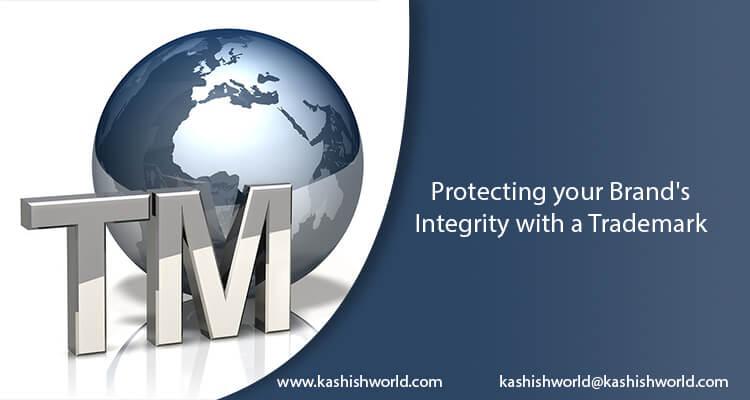
In the present fast-paced society and highly competitive environment, establishing a strong brand is pivotal to the success of every other business. Furthermore, protecting that brand deserves your utmost attention too. Yet, a lot of small scale businesses and startups nowadays overlook a crucial step in securing their brand – Trademark Registration.
What can be trademarked?
A trademark is a form of Intellectual Property (IP), which may be any unique name, word, symbol, or device used to identify and further distinguish the goods of one seller from those of others, for instance – Nike’s Swoosh (logo). Besides, a trademark allows the seller to safeguard what’s trademarked efficiently from both use and misuse by competitors while establishing brand loyalty among the customers. Trademarks also prevent confusion among the customers, who usually come to associate distinct attributes, to be specific quality, with a unique brand.
From a branding perspective, you can protect several assets, including names, taglines, logos, and packaging. However, it is imperative to make a point of the fact that these assets can obtain Trademark Protection only if they meet the subject matter eligibility. A phrase or word that’s commonly used or already connected with another service or product in the same industry can’t be trademarked. Let’s consider an example to understand it. A generic term like “search engine” can’t obtain trademark protection; however, a unique name like “Google” can. On the other hand, if your name is generic but used in the industry that’s typically not related to the meaning of the term, then you may be able to trademark it, for instance – Apple (tech giant).
As a general rule, you can go ahead with trademarking your business name, if in case you use it while advertising to your target audience directly. If you are not making use of your business name in direct communication with your customers, then you can’t obtain trademark protection for it as you are not connecting your name to your brand and also its attributes. Without any second thoughts, if your business name will be a critical part of your overall marketing strategy, then you must consider trademarking it. Additionally, the logo and tagline of your brand can also prove to be exceedingly good candidates for seeking trademark protection. The first litmus test corresponds to whether they are unique or not. The aspects that make a logo unique are the combination of the symbol with the company or brand name, their spatial relationship, and the colors. If the brand’s tag line is a unique phrase, then you can consider trademarking it as well. For instance, Apple’s “Think Different” connects its brand attribute, that is, quality, to its products.
The Trademark Registration Process
It is not necessarily expensive to obtain trademark protection. In the US, whoever establishes priority in a proposed mark is generally considered as its owner. To keep it straightforward, if you are the first company or individual using a unique mark for identifying your services or products, you don’t need to register it for gaining the corresponding Trademark Rights. However, you must add the TM symbol to the brand to which you are claiming rights. Still, it is not a substitute for registering a proposed mark through the US Patent and Trademark Office (USPTO), which indeed establishes ownership to a great extent and beyond a doubt.
It is crucial to keep in mind that everything depends highly on the uniqueness of your proposed mark. In today’s digital era, the Internet is undoubtedly a brilliant platform for starting your Trademark Search. You can proactively visit the free websites, like the ones maintained by the USPTO, to make yourself familiar with the already existing trademarks. Besides, you can also consider hiring an attorney specializing in the Trademark Law for conducting detailed searches.
In the US, a trademark can be registered at the federal or state level. State-level trademark registrations are expensive and less potent than the federal trademark registrations. Quite often, a trademark is registered within one industry; however, it may be registered in more than one as well. The best option, without any doubt, depends on the scope of your business and its geographic area of operation. International trademark protection is much more costly, extremely complicated, and expensive to enforce.
If you go ahead with filing a Trademark Application with the USPTO, then it will make sure that no other trademark similar to yours exists. The trademark registration process can take months. Therefore, it is highly advisable to do your homework well, because if your proposed mark resembles an already existing trademark, then your trademark application will face rejection.
It is a matter of fact that yes – the more you try to differentiate your brand from others in the industry, the more convenient it will be for you to safeguard it in the best possible manner. So, pick a name or logo that identifies your brand uniquely and protects it from your competitors.

